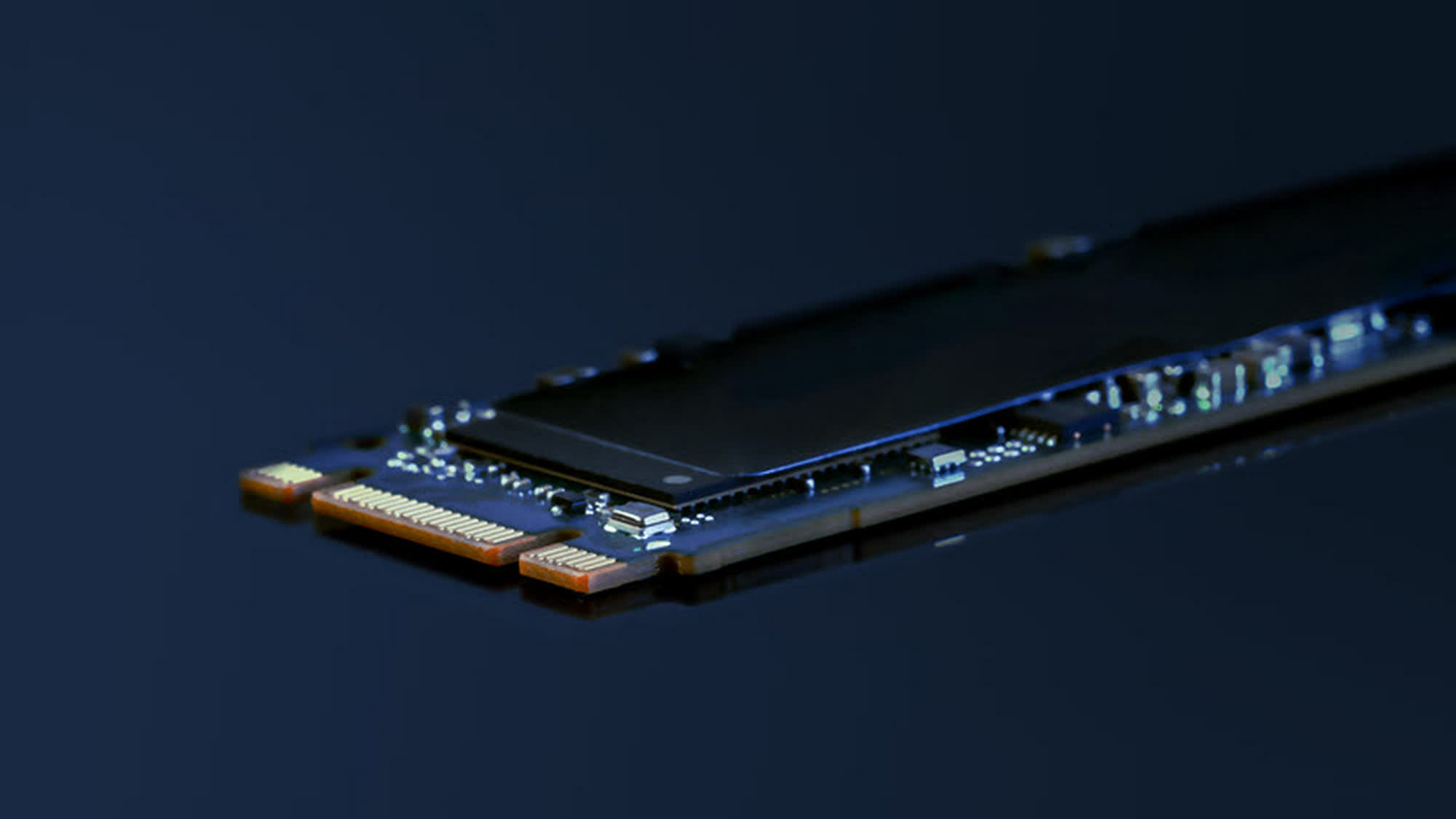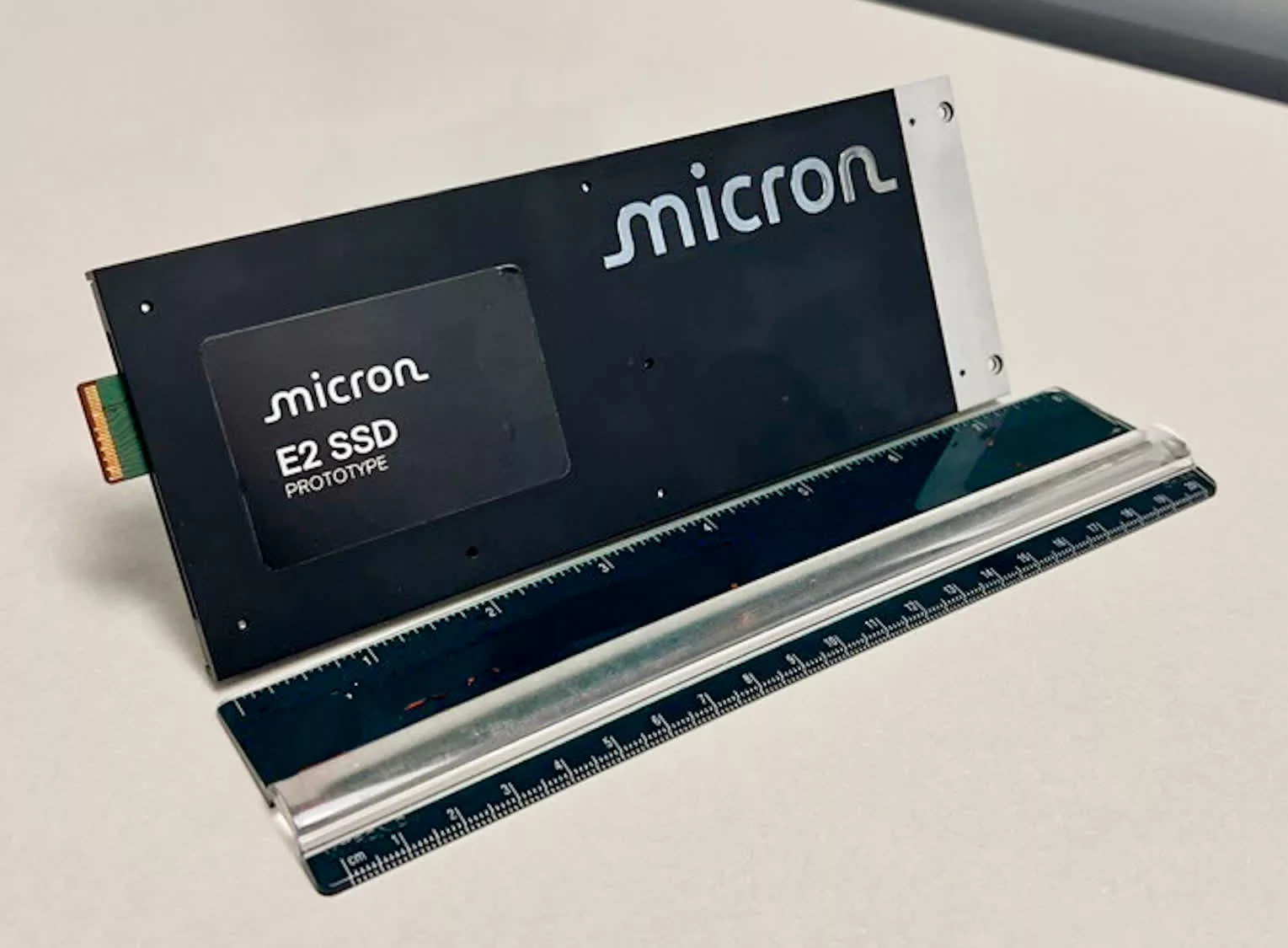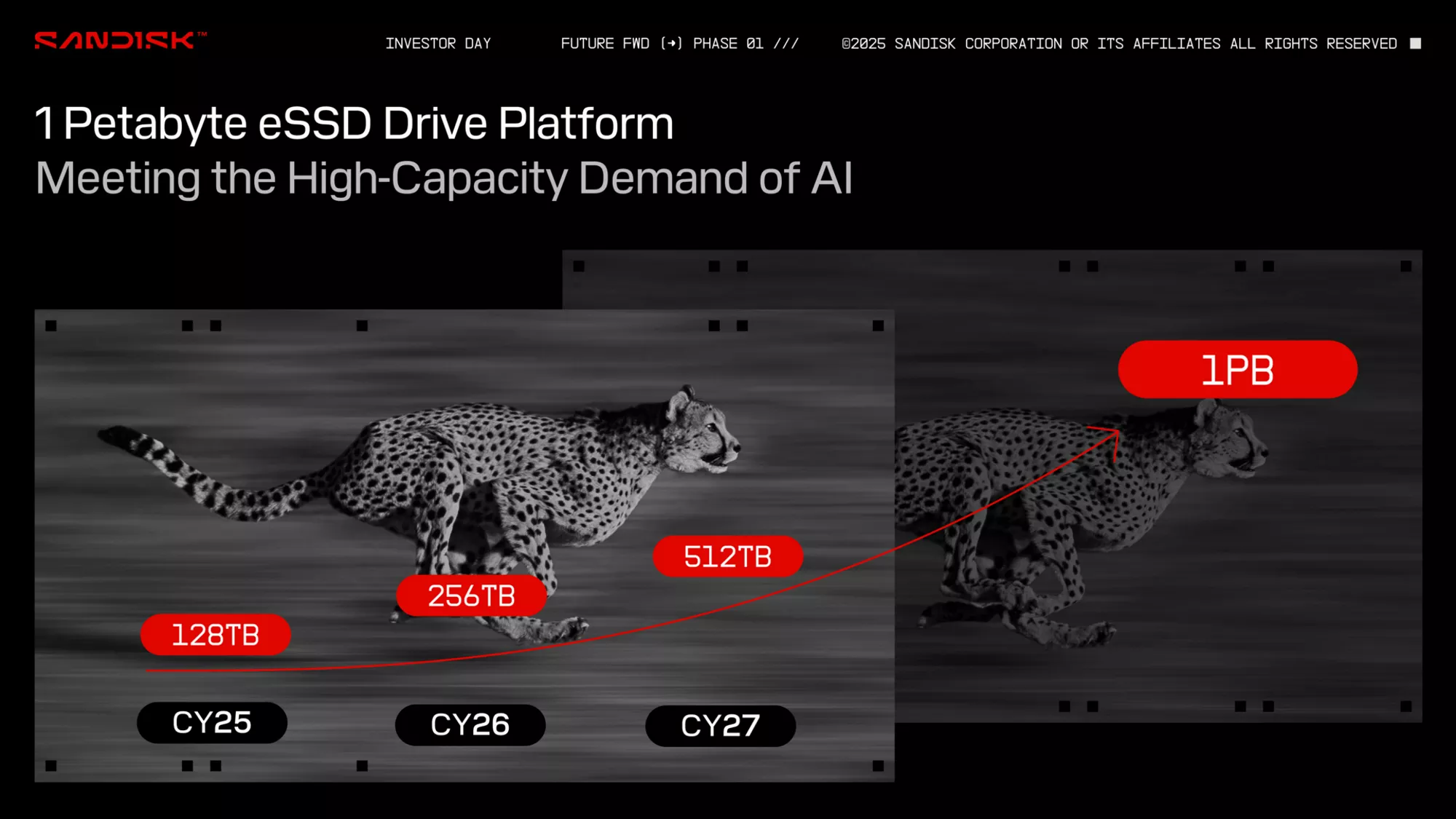Something to look forward to: A revolutionary new SSD form factor could soon redefine high-density storage in data centers by narrowing the capacity gap between mechanical hard drives and solid-state drives. Known as E2, this QLC flash-based drive is reportedly capable of storing up to 1 petabyte (1 million gigabytes) of data while delivering performance comparable to that of a high-end SSD.
The next-generation drive is being jointly developed by the Storage Networking Industry Association and the Open Compute Project to store so-called "warm" data – information accessed less frequently than hot data, but still requiring faster read/write speeds than traditional high-capacity mechanical storage solutions typically provide.
Examples of warm data include application data, logs, analytics, and backups. While these data types were previously classified as "cold," the demands of new AI applications, analytics pipelines, and other emerging digital services have increased access frequency, redefining them as "warm" and making hard disk drives a less optimal storage solution.
E2 SSDs will reportedly adopt the Data Center Standard Form Factor "Ruler" specification, measuring 200mm in length, 76mm in height, and 9.5mm in thickness. Each drive could store up to 1 petabyte (PB) of data – roughly the equivalent of 11,000 4K movies. A standard 2U rack server could accommodate up to 40 of these drives, providing an impressive 40 PB of total storage capacity.
Preliminary specifications indicate that the drives may deliver throughput of 8 – 10 MB/s per terabyte, translating to 8 – 10 GB/s for a 1 PB model. To ensure compatibility with next-generation server platforms, E2 SSDs will utilize a PCIe 6.0 x4 interface running the NVMe protocol. Each drive will house at least 64 NAND flash packages and may draw up to 80 watts of power under load.
SNIA and OCP count several major data center operators and SSD manufacturers – including Meta, Microsoft, Samsung, Micron, Pure Storage, and SanDisk – among their members. Some of these companies have reportedly begun designing and prototyping drives based on the new E2 SSD form factor.
For instance, Pure Storage unveiled a 300 terabyte E2 prototype in May during the OCP Storage Tech Talk event, where the company emphasized that the technology would allow it to offer greater flexibility and scalability to its customers.
The E2 form factor is still in the standardization phase, meaning its specifications remain tentative and subject to change. A clearer picture is expected to emerge later this summer, when the official Revision 1.0 specifications are scheduled for release.
Image credit: Storage Review
Next-gen E2 SSDs pack 1 petabyte of storage, enough for 11,000 4K movies in a ruler-sized drive




